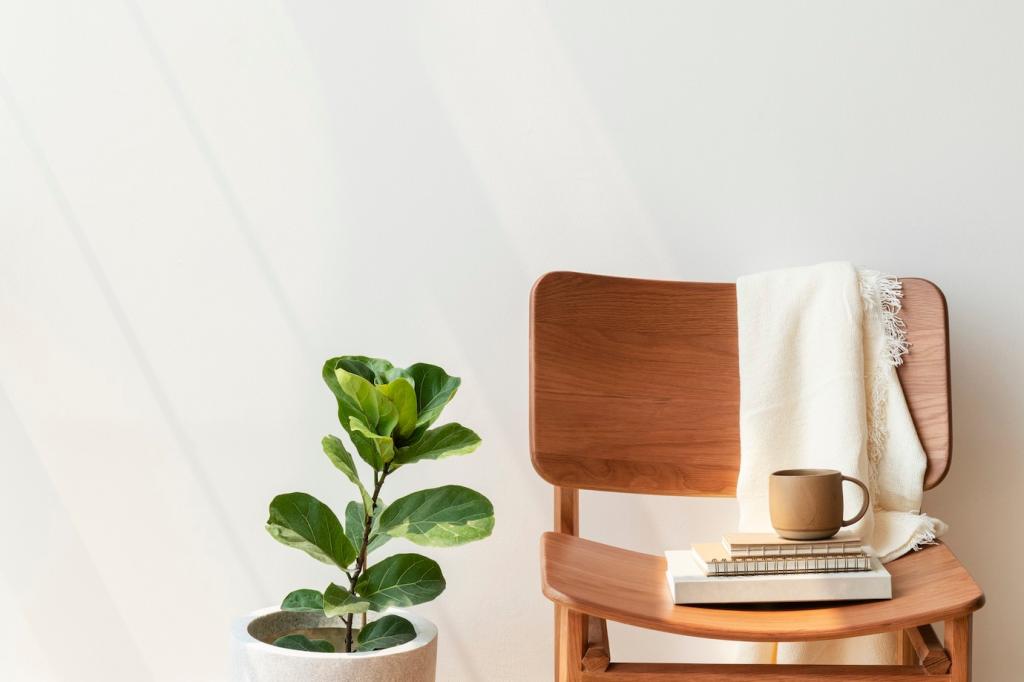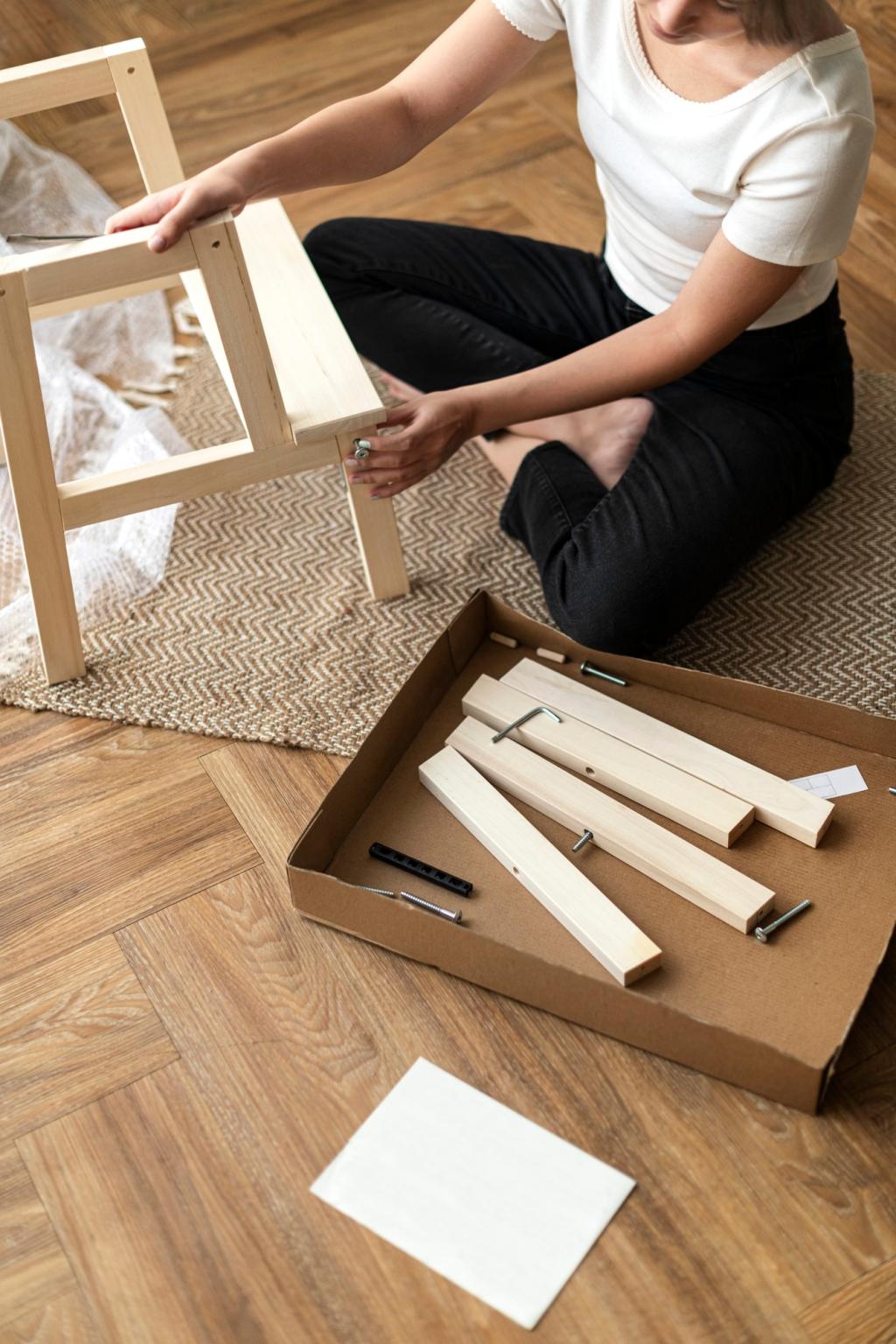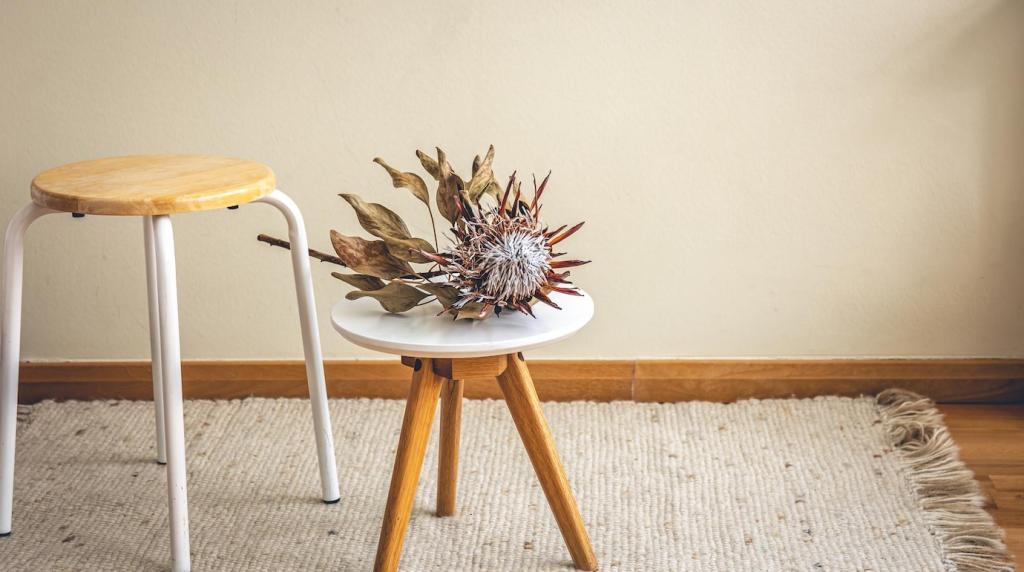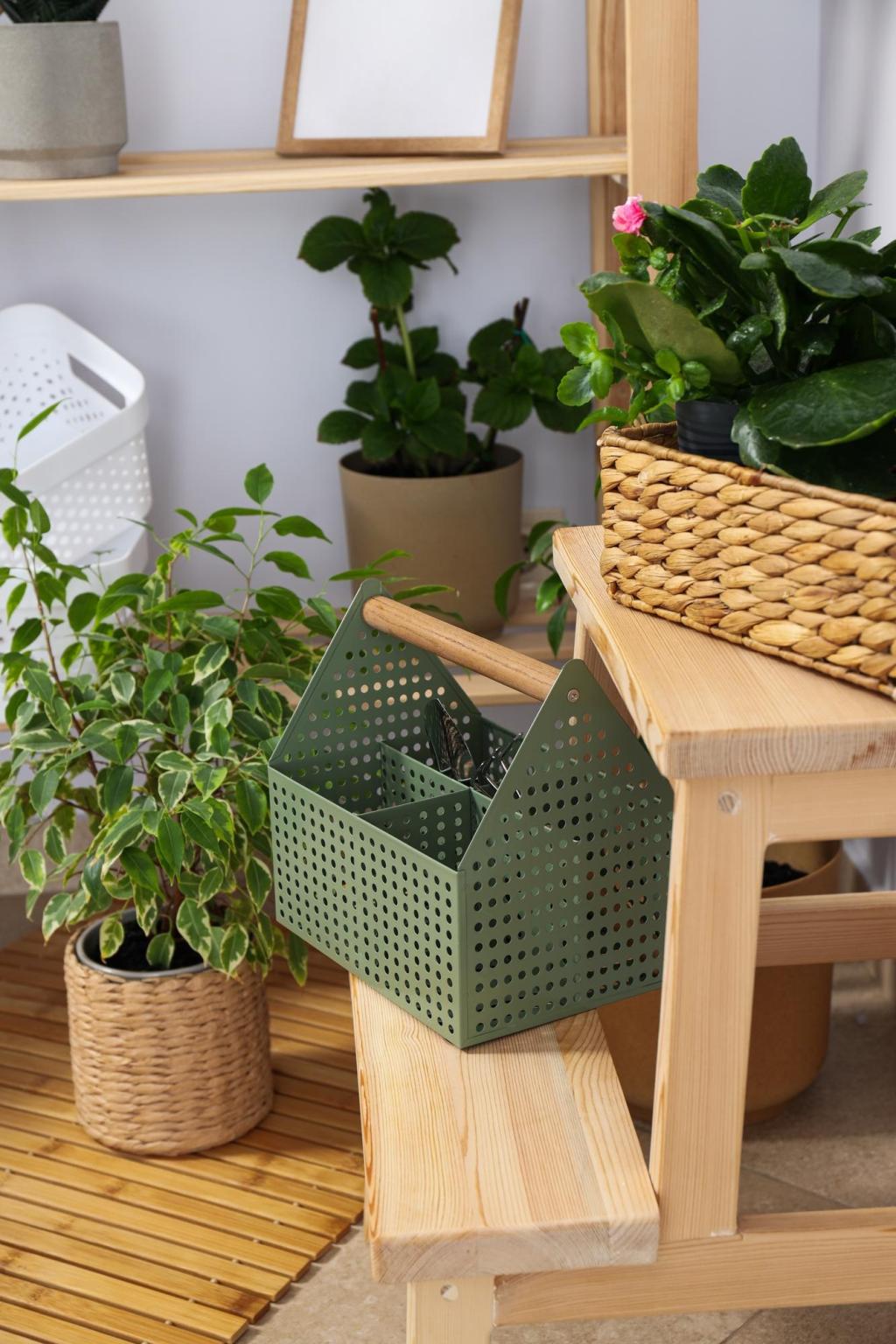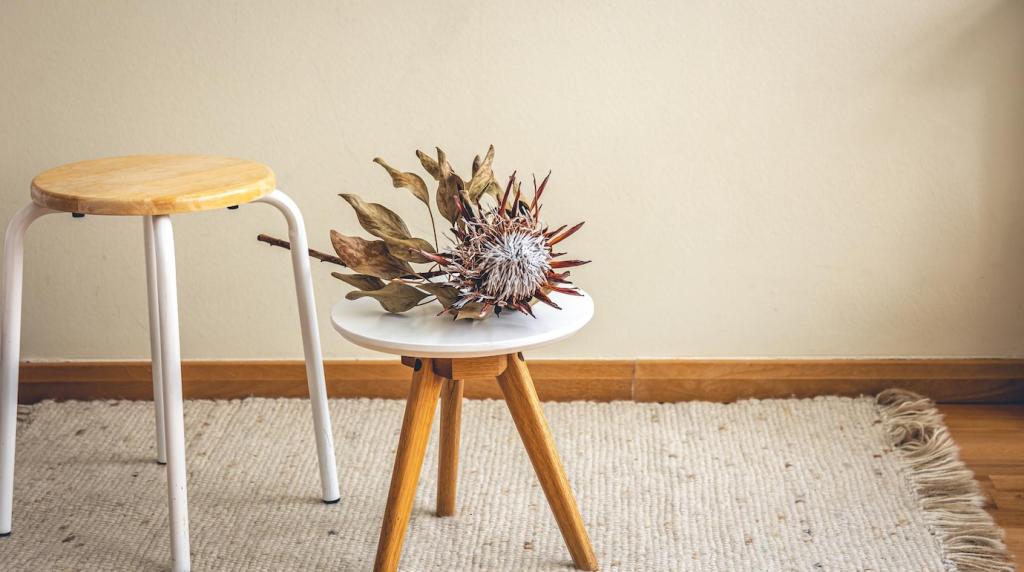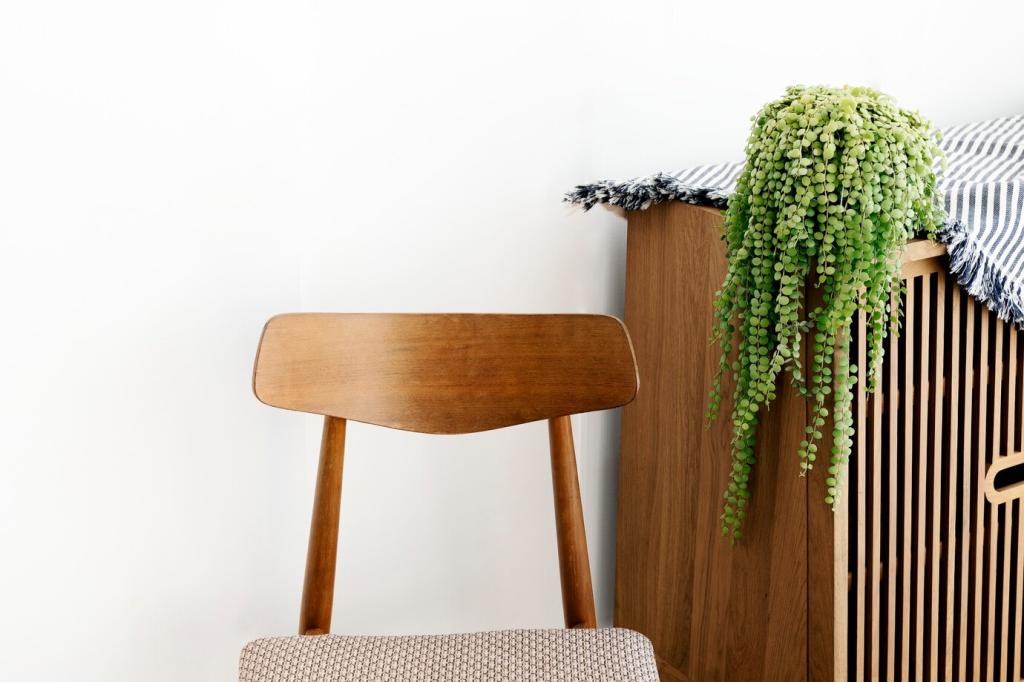Understanding Biodegradability and Furniture Care
A biodegradable cleaner breaks down through microbial action into water, carbon dioxide, and biomass, leaving fewer persistent residues behind. Look for claims backed by recognized tests, like OECD 301, and avoid vague buzzwords. In your home, that means fewer lingering films on finishes and a gentler impact once rinsed away.
Understanding Biodegradability and Furniture Care
Choose plant-derived surfactants such as decyl glucoside or coco-glucoside, plus citric acid and baking soda for mild, effective action. Skip chlorine bleach, ammonia, phosphates, and quaternary ammonium compounds that can damage finishes and waterways. Fragrance-free formulas also help sensitive noses, pets, and children breathe easier around freshly cleaned furniture.


